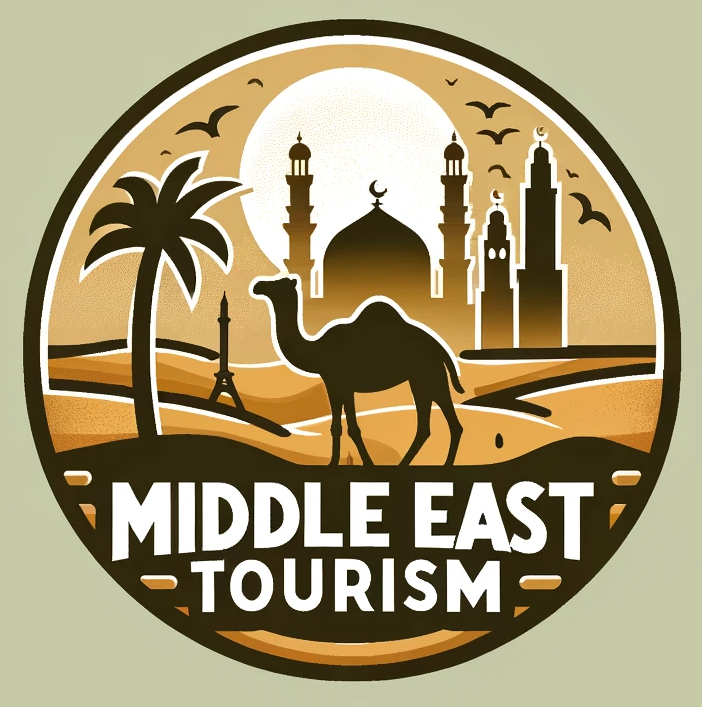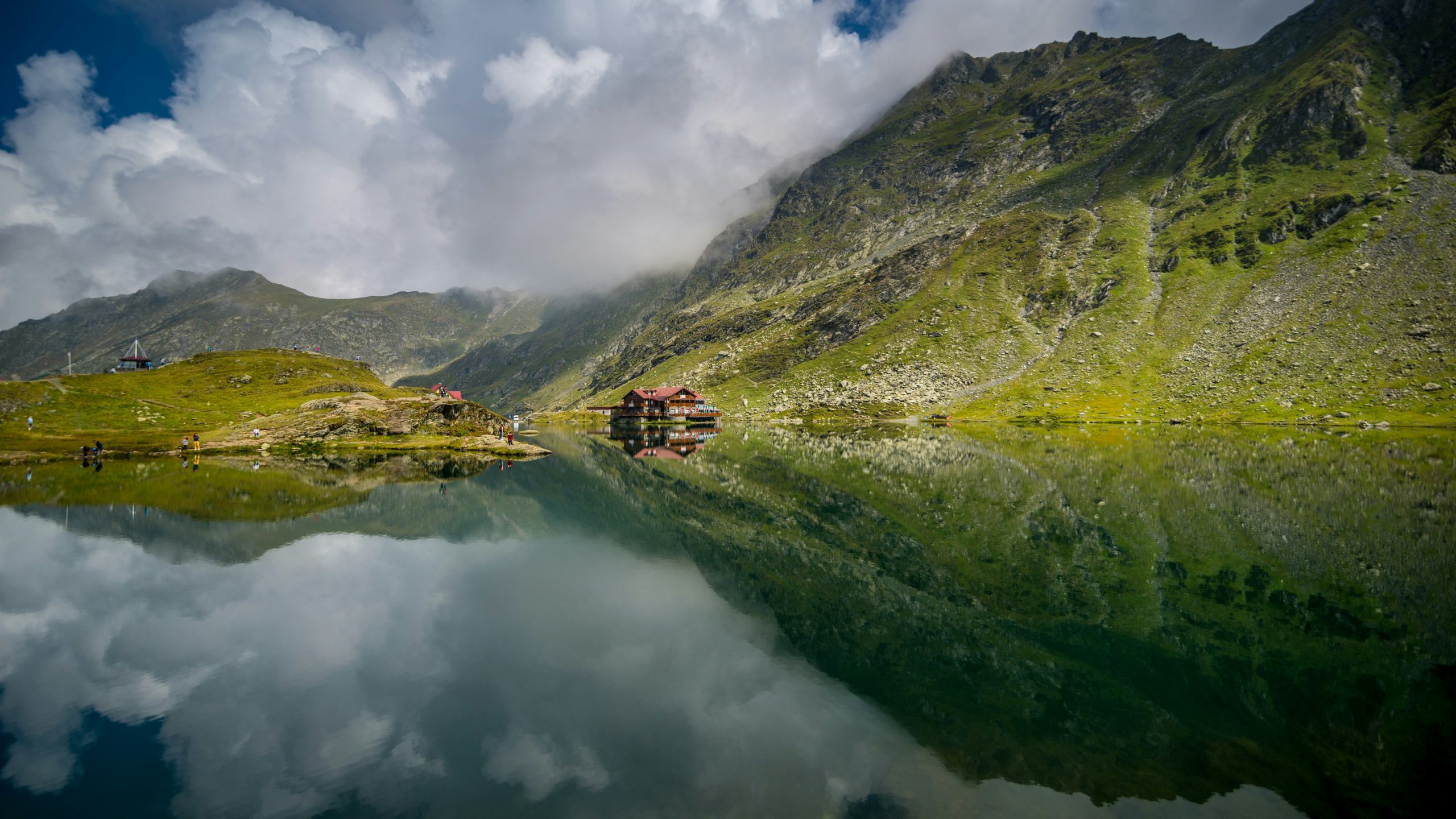Discover how Middle Eastern Dance and Performing Arts are captivating tourists and transforming their travel experiences! Follow along to uncover the enchanting impact of these cultural treasures on tourism.
Middle eastern dance and performing arts as a cultural attraction
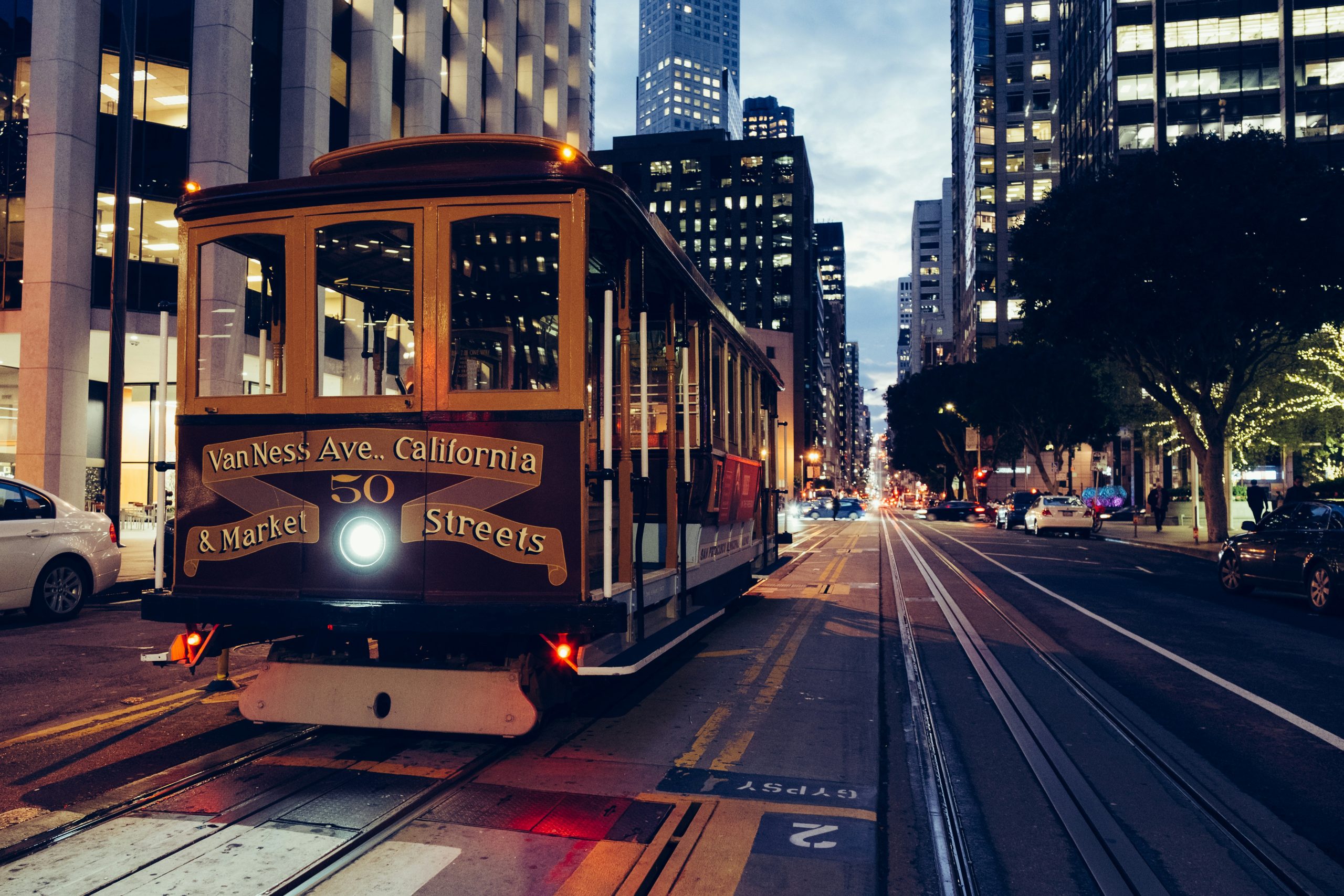
The Middle Eastern region has a rich tapestry of dance and performing arts that captivates audiences worldwide. From traditional folk dances to contemporary performances, Middle Eastern dance and performing arts serve as a vibrant cultural attraction that showcases the region’s heritage and creativity.
exploring traditional dances
Middle Eastern dance forms have deep roots within the region’s history and traditions. Belly dancing, also known as Raqs Sharqi, is perhaps the most iconic dance style associated with the Middle East. With its fluid movements, intricate hip isolations, and expressive gestures, belly dancing is a mesmerizing art form that encapsulates the essence of Middle Eastern femininity and grace.
Other traditional dances, such as the Dabke in Lebanon, Tanoura in Egypt, and Yowla in the UAE, offer a glimpse into the diverse cultural fabric of the Middle East. These dances often feature colorful costumes, lively music, and rhythmic footwork that reflect the spirit of celebration and community within the region.
bridging tradition and innovation
While traditional dances hold a special place in Middle Eastern culture, contemporary performing arts are also thriving in the region. Dance troupes like Raks Odalisque blend traditional belly dance elements with modern choreography, creating a dynamic fusion that appeals to audiences of all backgrounds.
In cities like Brooklyn, New York, the Middle Eastern party scene has become a hub for artists, musicians, and performers to showcase their talents. Events that celebrate Middle Eastern dance and music provide a platform for cultural exchange and artistic expression, adding a layer of vibrancy to the local arts scene.
preserving cultural heritage
UNESCO recognizes the significance of Middle Eastern dance and performing arts as intangible cultural heritage. By safeguarding these traditions and practices, UNESCO aims to ensure their continuity and vitality for future generations to appreciate and enjoy.
Events like the Muscat Festival in Oman offer a platform to rediscover and celebrate Arab performing arts in all their splendor. From traditional music performances to contemporary dance showcases, festivals play a crucial role in preserving and promoting Middle Eastern cultural heritage on a global stage.
In conclusion, Middle Eastern dance and performing arts hold a special allure as a cultural attraction that transcends borders and connects people through the universal language of art and expression. Whether exploring traditional dances or embracing innovative creations, the vibrant tapestry of Middle Eastern performing arts continues to captivate and inspire audiences worldwide.
Attracting international visitors through traditional performances
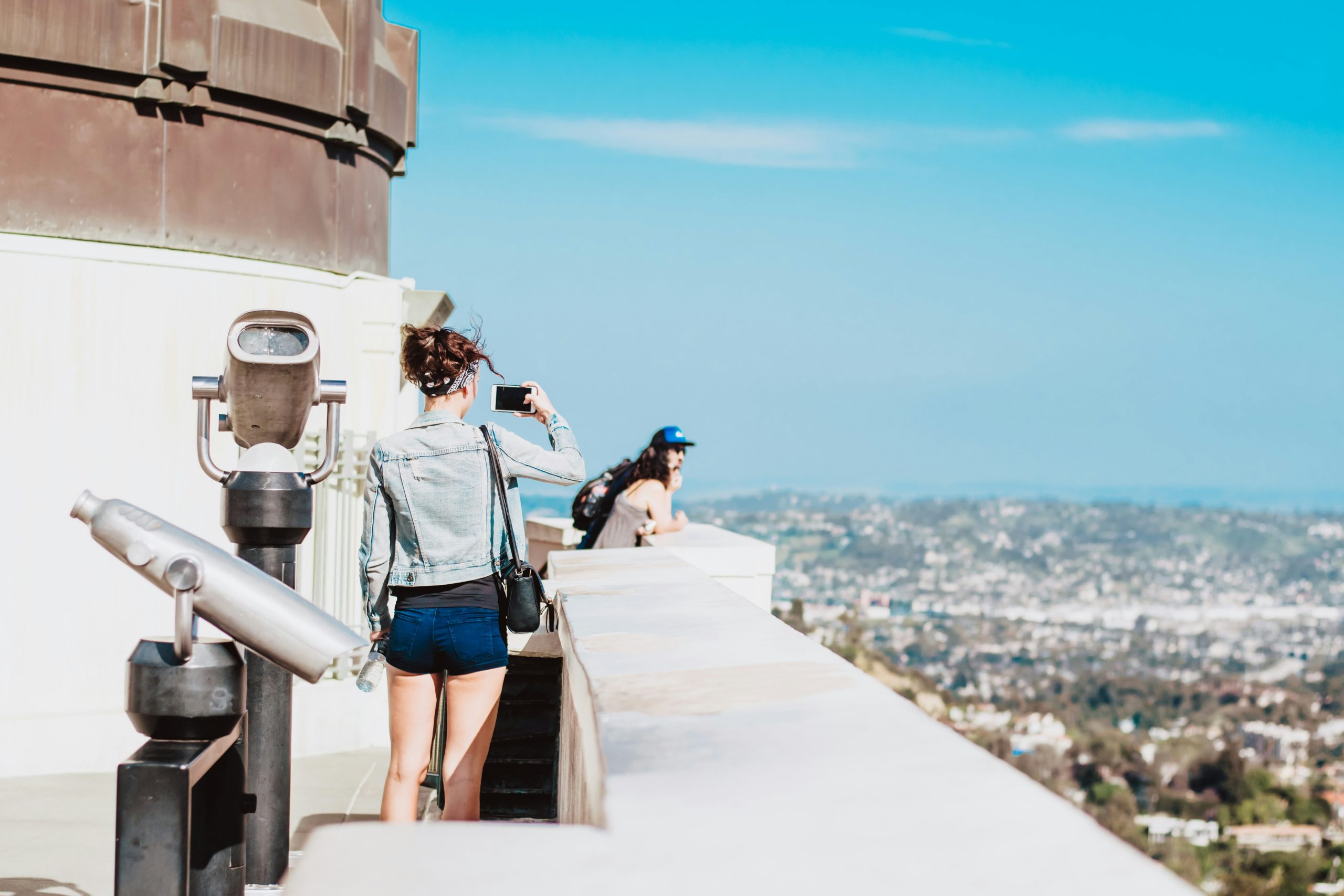
Middle Eastern countries have a rich cultural heritage that is showcased through traditional dances and performing arts. These art forms play a significant role in attracting international visitors and promoting tourism in the region.
folk culture-themed temple fair attracts over 100 performance groups
In the Middle East, traditional performances form an integral part of cultural celebrations. Events like folk culture-themed temple fairs attract over 100 performance groups, showcasing a diverse range of traditional dances and music to both locals and international tourists.
palestinian art center shines light to revive west bank tourism
The Palestinian Art Center has been instrumental in reviving tourism in the West Bank through its efforts to promote traditional Palestinian dances and art. By showcasing these performances, the center not only preserves cultural heritage but also attracts visitors interested in experiencing authentic Palestinian culture.
saudi arabia’s qemam festival becomes an annual showcase for the world’s mountain tribal cultures
Saudi Arabia’s Qemam festival has gained international recognition as an annual showcase for the world’s mountain tribal cultures. Through traditional dance performances and artistic displays, the festival offers visitors a glimpse into the rich cultural tapestry of the region.
10 best art and culture events in the middle east
The Middle East is home to a plethora of art and culture events that highlight traditional dances and performing arts. From vibrant festivals to intimate gatherings, these events offer visitors a unique insight into the region’s cultural heritage.
– Festival of the Sea in Oman celebrates maritime traditions through dance and music.
– Jerusalem Festival of Light showcases mesmerizing light installations set against historical sites.
– Dubai Shopping Festival combines retail therapy with cultural performances.
– Muscat Festival in Oman offers a blend of traditional and contemporary arts.
– Iran Theater Festival showcases the country’s theatrical talents on an international stage.
culture of uae – chronicles the mena chronicle
The culture of the UAE plays a pivotal role in attracting visitors through its vibrant performing arts scene. From traditional Emirati dances to modern theatrical productions, the country offers a diverse range of cultural experiences that appeal to international audiences.
showtime: bridges to the muslim world
Traditional Middle Eastern dances and performing arts act as bridges to the Muslim world, providing insight into the region’s history, values, and traditions. These performances create a platform for cultural exchange and dialogue, fostering a deeper understanding of Middle Eastern cultures among international visitors.
flowers in focus: how tourism affects traditional dances
The intersection of tourism and traditional dances in the Middle East brings both challenges and opportunities. While tourism can provide a platform for showcasing traditional performances to global audiences, it also presents the risk of commercialization and dilution of cultural authenticity. Finding a balance between cultural preservation and tourism promotion is crucial in sustaining the vitality of Middle Eastern dance and performing arts.
In conclusion, Middle Eastern dance and performing arts play a vital role in attracting international visitors through traditional performances. By showcasing the region’s rich cultural heritage, these art forms not only entertain but also educate and inspire audiences from around the world.
Showcasing the rich history and heritage of the region
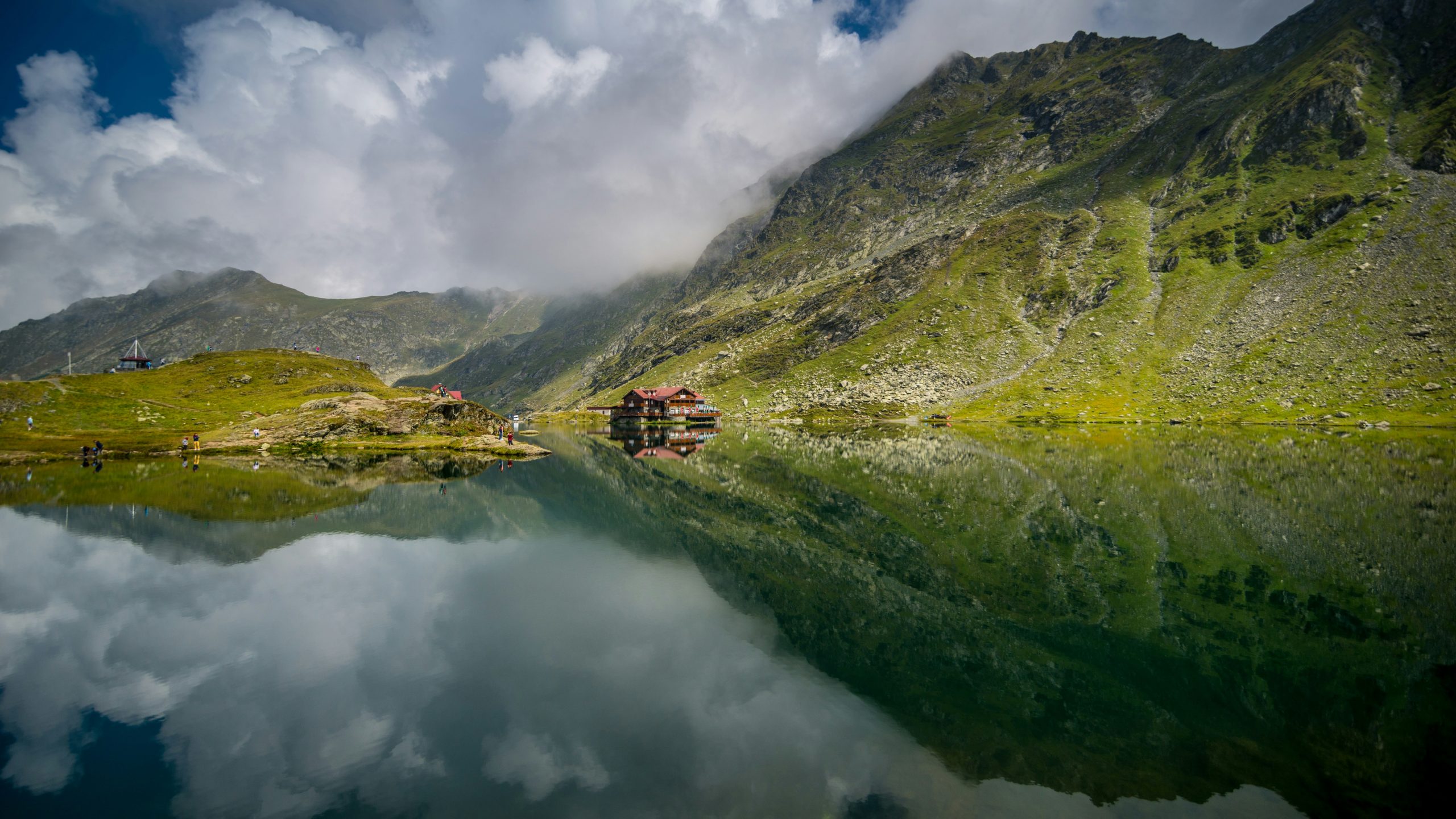
the rich history of middle eastern dance and performing arts
middle eastern dance and performing arts are deeply rooted in the cultural heritage of the region. with a history spanning centuries, these art forms showcase the diverse traditions and colorful tapestry of the middle eastern countries. from traditional folk dances to modern theatrical performances, the middle east offers a dynamic range of artistic expressions that captivate audiences worldwide.
celebrating diversity through dance
dance plays a significant role in middle eastern culture, with each country boasting its unique style and flair. from the lively and energetic dabke in lebanon to the graceful movements of raqs sharqi in egypt, middle eastern dance reflects the rich cultural diversity of the region. these dances are not only a form of entertainment but also a way to celebrate heritage and traditions, passed down through generations.
showcasing traditional music and instruments
middle eastern performing arts are often accompanied by traditional music played on instruments such as the oud, qanun, and ney. these instruments add depth and emotion to performances, creating a sensory experience that transports audiences to a different time and place. the melodies and rhythms of middle eastern music are as diverse as the cultures they represent, offering a glimpse into the soul of the region.
festivals and events honoring middle eastern arts
across the middle east, festivals and events celebrate the rich history of middle eastern dance and performing arts. from the renowned qemam international festival in saudi arabia to the vibrant abha festival shining a spotlight on mountain cultures, these events showcase the talents of local artists and performers. visitors can immerse themselves in the sights and sounds of the middle east, experiencing firsthand the beauty and artistry of the region.
preserving heritage through creativity
as the center for art in the middle east, the uae has played a significant role in promoting and preserving middle eastern dance and performing arts. with initiatives like the new museum displaying oman’s rich history and creative foundations supporting artistic endeavors, the middle east continues to thrive as a hub for cultural expression. these efforts ensure that the heritage of middle eastern dance and performing arts remains alive and vibrant for future generations to enjoy.
by showcasing the rich history and heritage of the region, middle eastern dance and performing arts offer a glimpse into the soul of the middle east, inviting audiences to experience the beauty and diversity of this culturally rich region.
